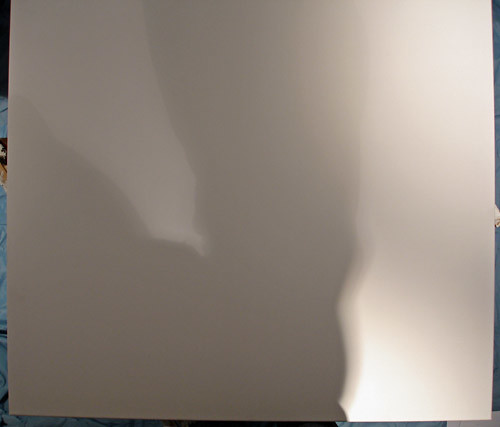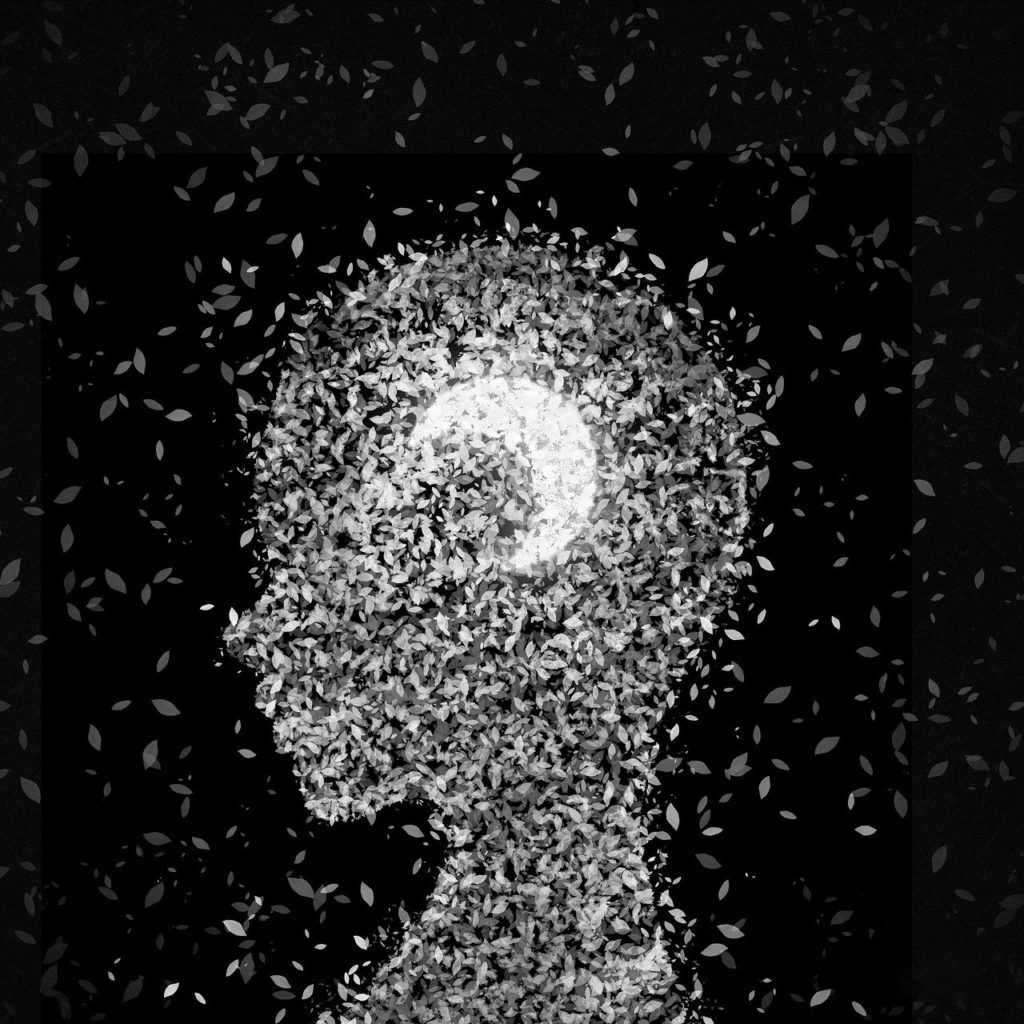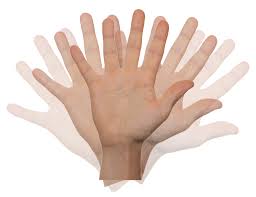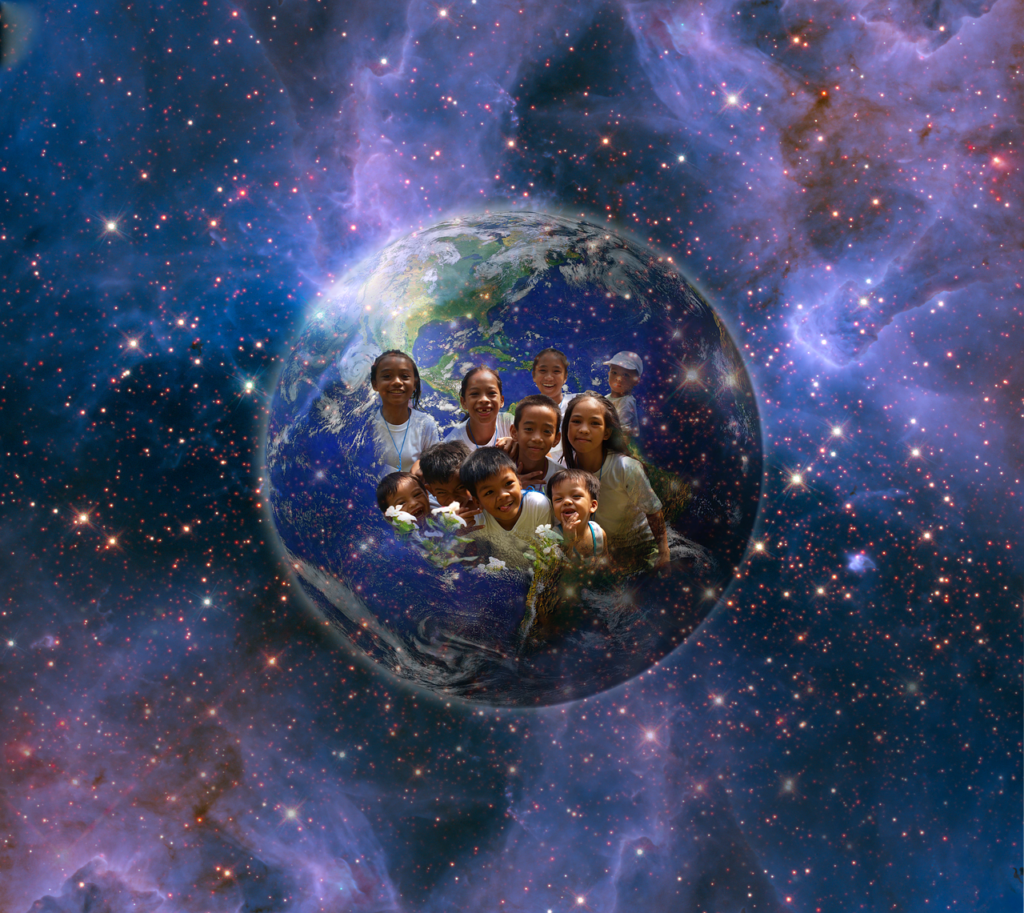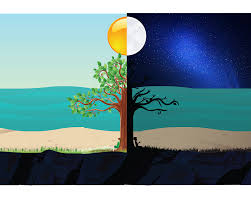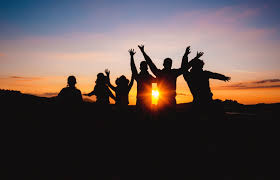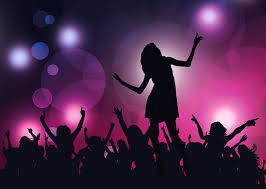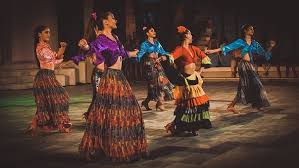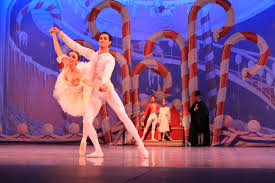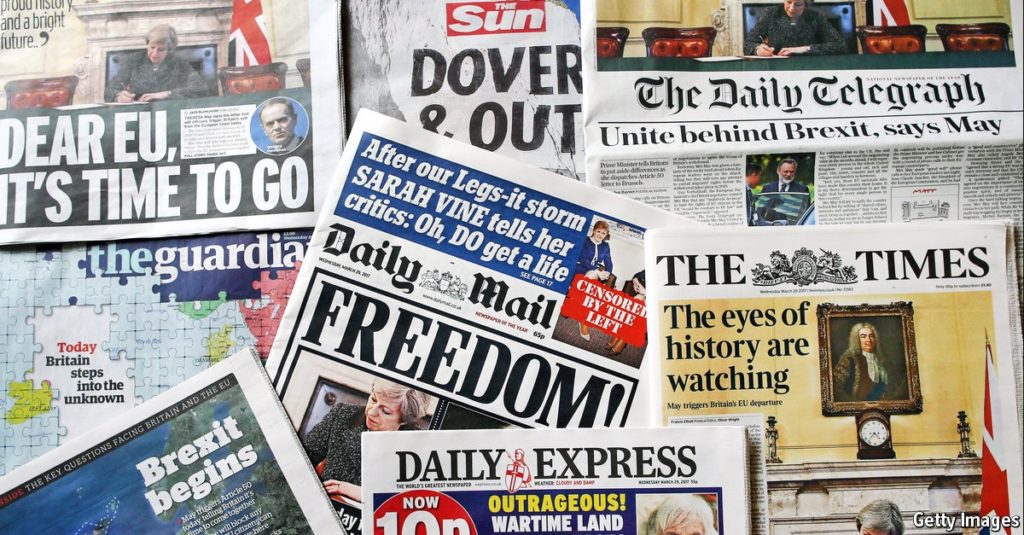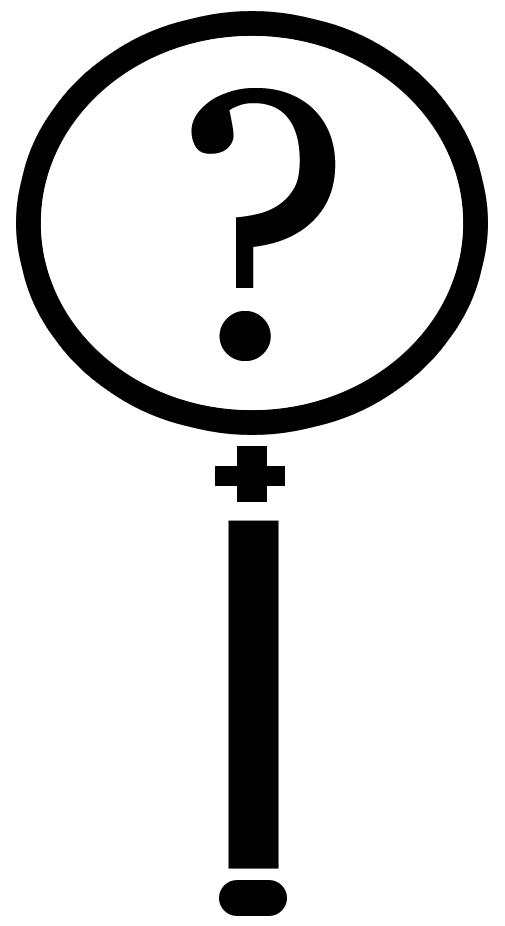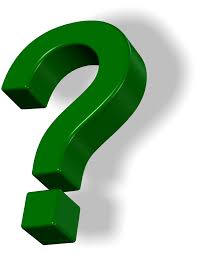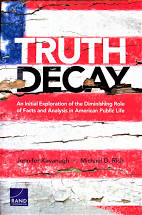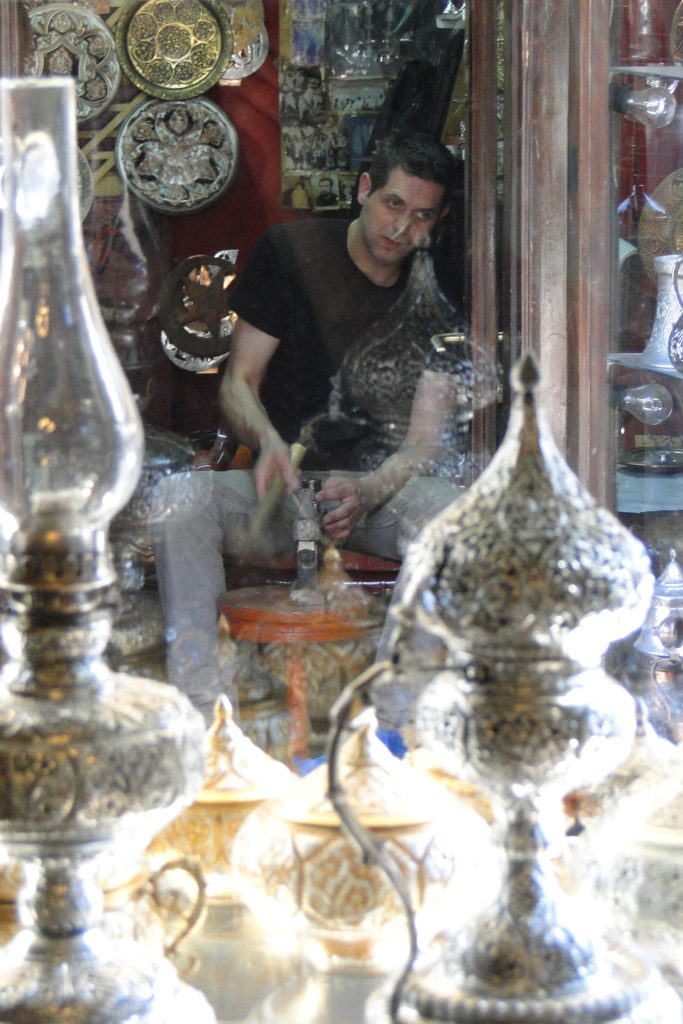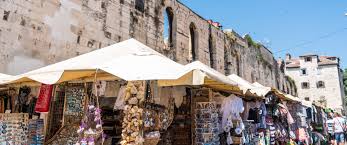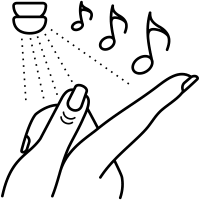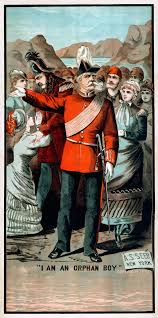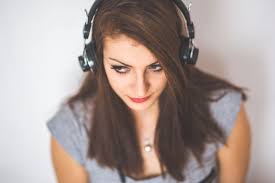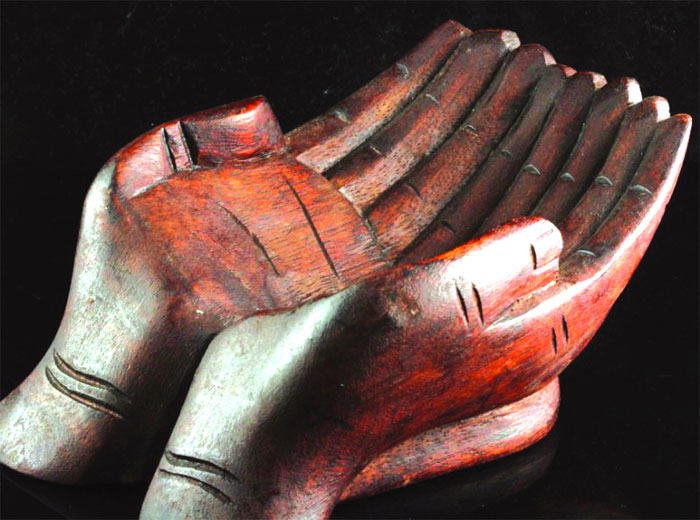
Being receptive and open isn’t always easy. Some would say it isn’t even a good idea. Being closed and shut off is effective defensive behavior for those so inclined. I would say the person who lives that way is missing a lot and would be better served to live openly. There’s a certain aesthetic in going about our lives open to what comes our way. The cultivation of that aesthetic qualifies receptivity as an art form.
Receptivity and Creation
I borrow now from the website, “3 Quarks Daily” and Dwight Furrow who wrote this excerpt from his post Creative Receptivity. “Aesthetic appreciation is often described in terms of adopting an aesthetic attitude, a state of mind in which one attends sympathetically and with focused attention to the aesthetic features of objects. Part of that aesthetic attitude is a willingness to be receptive to what is in the work, to refrain from imposing preconceptions on it, to let the work speak for itself. The viewer or listener must open herself up to being moved by the work and to discover all there is to be discovered in it. As important as this attitude of openness and receptivity is to appreciating art, it would be exceedingly odd if this aesthetic attitude was not also part of the process of creating the work. But if we take this receptive attitude seriously it shows the limitations of our assumptions about artists as ultimate masters.”
Furrow goes on eloquently to reason that receptivity is not solely what makes an artist. Creators of art do create. Receptivity isn’t everything. I agree with him completely on that point, but to amplify it would take this post in a different direction than intended. I wish to enhance understanding of the importance of receptivity and to illuminate its suchness as an art form in itself.
Why An Art Form?
There are many human activities that qualify as art. Eric Fromm famously wrote of the art of loving. There’s the art of diplomacy. The art of conversation is an oft-discussed topic. (nudge nudge wink wink.) Obviously, these are not the creative arts, per se. Yet, when it comes to achieving excellence in some endeavor, a certain amount of serious work has to be put into it. Study is likely to be required. And practice, practice, practice. With most creative arts and their individual expression, a generous portion of finesse is part of the recipe.
When one has mastered an art, it comes as second nature to perform it. The dancer dances with grace, the singer sings with easy control of the voice and the painter lays the paint on the canvas with strokes of virtuosity. So it is with the examples mentioned above on topic. Have you ever met a person who truly has a loving heart free of contradictory emotion? It may have awakened the same loving nature, if only temporarily, in you. The diplomat has the remarkable ability to navigate smoothly through treacherous waters of potential conflict to bring people together. An excellent conversationalist seamlessly uses their skills to make discussion easy and interesting.
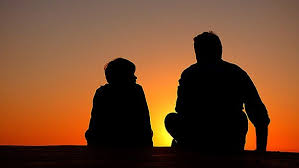
In the same way, receptivity can be cultivated to open yourself to everything the universe is offering you. Conversely, numerous pitfalls await in which we run the risk of closing ourselves off to what can be. Painful experiences such as abusive relationships, lost loves and failed goals can make a person recoil from living life fully. We can lose trust, faith and self-confidence if we allow negative experiences to take away our natural zeal for life. That is sad, indeed. If we find ourselves in that situation, it would behoove us to take one aspect of our lives where we have chosen to be unreceptive and change that decision, at least a little at a time.
Pointing the Way
“In order to reprogram the subconscious mind, you need to relax the body. Release the tension. Let the emotions go. Get to a state of openness and receptivity. You are always in change. You are always safe.” – Louise Hay
Allowing the world in can pave the way for resolution of problems and unresolved conditions. “By surrendering, you create an energy field of receptivity for the solution to appear.” – Wayne Dyer
When you’re receptive, you are in a position to create your day as you choose. It doesn’t mean you believe or act on everything you hear or see. It’s simply that you allow yourself to process it. With your creative brush and your receptive heart, you can paint a virtual work of art on that blank canvas before you.
